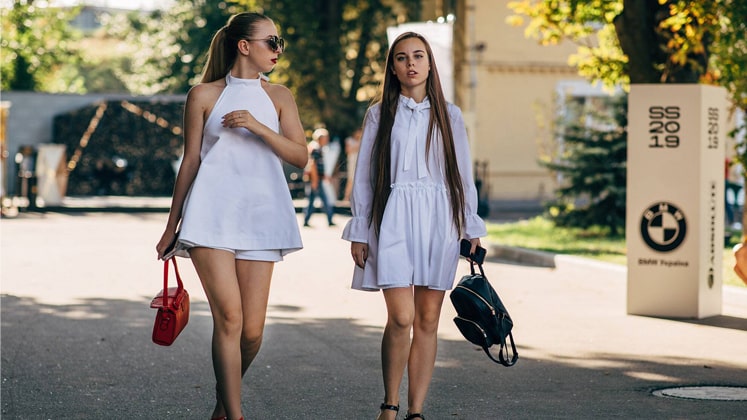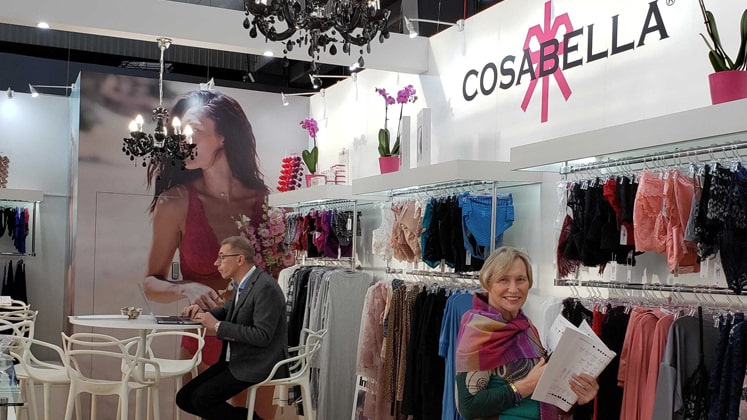
As Russian invasion of Ukraine gains pace, the global markets continue to derail – creating chaos and uncertainty in the business world. Just when the world was emerging from the Omicron crisis, the Russia-Ukraine conflict seems to have taken a monstrous shape,as a result of which the gas price has now increased by as much as 40 per cent, with crude oil price trading at US $ 104 per barrel (first time since 2014) – consequently causing stock markets to crash across the globe.
In fact, by the third week of February, one saw NASDAQ fall by 16.7 per cent year-on-year (Y-o-Y), while the S&P 500 and Dow Jones Industrial Average slumped by 11.3 per cent and 8.8 per cent, respectively. Also, the crisis is expected to further upend global supply chain. And it’s only going to get worse as Europe and the US continue to announce fresh sanctions on Russia.
The worrying part is that this price rise and stock market flip-flop will surely have an impact on consumer psyche and their buying power, which is integral to the growth of every business – including the textiles and apparel market.
The revenue in the Russian apparel market, according to Statista, amounts to US $ 38,196 million in 2022, with the market expected to grow annually by 2.75 per cent (CAGR 2022-2026). Its largest segment is women’s apparel that has a market volume of US $ 20,765 million. Sinar (clothing), Bolshevichka, Tver Garment Factory and Volchok (clothing) are some of the apparel firms based in Russia.
In Ukraine, on the other hand, the revenue in the apparel market amounts to US $ 5.027 million in 2022, with the market expected to grow every year by 8.09 per cent (CAGR 2022-2026). Some of the clothing firms in Ukraine include PrJSC Specodegda, Diya Trade Company, Jannet Von Klingen, Lia Ukraine Ltd., Gloria and Lamma, amongst others. But all these numbers are going to change now!
Here it is important to mention that Russia and Ukraine jointly account for around 4 to 5 per cent of global luxury sales, which means the direct impact of the conflict may be less; nevertheless, it can’t be overlooked by any standards.
Russian fashion sector’s woes escalate owing to over-dependence on import
Russian fashion sector has always been hugely dependent on imported goods. Though lot of local companies have been trying to fulfill all the domestic requirements, most of the apparel and fashion accessories are still bought from imported Western brands.
While, the country has generally struggled for raw materials like cotton and wool – unlike its neighbours like Poland – there’s also been shortage of skilled personnel for sewing, textile and shoemaking. Russia is largely dependent on countries like Turkey and China for textile fabrics and shoe soles. With the European Union (EU) now imposing sanctions, it’s only going to get tougher for Russia’s clothing and fashion sector.
It’s not as if Russia hasn’t been putting any efforts. The country has been constantly pursuing the import substitution policy so as to minimise its dependence on import and solidify its own textile and fashion industries. In fact, luxury spending has only grown lately and Russian sales across all sectors have witnessed a robust Q4 in 2021.
In fact, it was a delight to see the leading Russian off-price apparel retailer Familia post a good 36 per cent growth in its 2021 sales to clock 34 billion roubles (US $ 453 million) – not to mention the 80 new stores it opened in 2021. Yes, local brands are doing well, but the fascination for Western fashion labels haven’t receded either.
Also Read: Russian clothing retailer Familia’s 2021 revenue rises by 36%
Some experts believe that a diplomatic resolution may work best for both Russian firms and Western brands; however, there is no denying sanctions will impact Russian consumer spending, and also those who export to its market. It’s worse in Ukraine.
Investors on toes as EU fashion brands halt operations in Ukraine
Investors are, expectedly, scared now! The shares in luxury retail groups, including the likes of French fashion stalwarts LVMH and Kering, Swiss group Richemont, Italian bigwig Prada and British clothing brand Burberry, have fallen between 3 and 6 percent (at the time of writing this piece), which is broadly in line with the 4 percent slide in the STOXX 600 index of Europe’s biggest firms.
Also, poor international tourism numbers haven’t helped the cause either – causing luxury sales in EU to be down by 19 per cent in 2021 versus 2019. However, sales to local clients in the region were up by 15 to 20 per cent. The ongoing Russia-Ukraine crisis risks cutting short that recovery and so it’s not surprising to see every investor worried today.

LPP and CCC, two of Poland’s largest fashion retailers, have, reportedly, suspended all business in Ukraine after the ongoing conflict has sent their shares crashing. Notably, Ukraine and Russia constitute about 3 per cent of CCC’s business and about 1 per cent of the whole group’s operations.
There are also reports of many Turkish brands like LC Waikiki, Colin’s and English Home, shutting down nearly 200 stores in Ukraine. All brands have suspended their plans to open any new stores in the country anytime in near future. While Colin’s has 60 stores in Ukraine, LC Waikiki has about 50 and English Home has 33 stores.
Italian lingerie label Cosabella, known for developing and producing underwire and structured bras, has also been working towards halting its production orders in Ukraine. Like Cosabella, another Italian fashion brand Kiton, which was founded in 1968 and is known for womenswear and menswear, finds its future shaky in Ukraine and Russia – which it had once called lucrative markets.

While German sportswear giant adidas has adopted a ‘wait and ‘watch’ policy on its move to run operations in the country, Swedish fast fashion stalwart H&M has, reportedly, shut down nine stores in Ukraine until further notice.
However, it’s not just the EU and Central Asian retailers that have been hit by the crisis; the US apparel industry is also preparing itself to face the impact of the war.
US apparel industry too is watchful!
Like EU, US too has been continuously imposing range of restrictions on exports to Russia. Expectedly, the clothing and fashion industry in the US is preparing itself to take measures to ensure all operations are compliant amidst the Russia-Ukraine conflict.
Julia Huges, President, United States Fashion Industry Association (USFIA), substantiated, “Ukraine,despite not being a major supplier to the US market, is important to some US companies. During 2021, the US imported more than US$20million apparel from Ukraine.”
Some US experts say that textile fibres, like polyester, are derived from oil and with the oil cost shooting up, the overall cost would go up significantly. As man-made fibre becomes more expensive, the demand for natural fibre could also increase, thereby gradually extending the price inflation to natural fibre. And, that’s worrying! So, even though Russia and Ukraine play a small role in clothing production, its impact on the industry can’t be undermined.
India remains wary of developments…
While the western fashion firms are, understandably, worried, the ripples of the war are already being felt in India. For example, an apparel shipment bound to France was recently asked by the buyer to put on hold owing to uncertainty in the air – all thanks to the Russia-Ukraine conflict. As per sources,the Indian apparel firm, in this case,was recently intimated by its buyers to put the shipment on hold amidst uncertainty – the company is still not clear how many consignments were put on hold or cancelled.
Similarly, another Indian company – a cotton spinning mill – told Apparel Resources “The market will be more volatile in the days to come.”
Meanwhile, Industries & Trade Forum has requested Prime Minister Narendra Modi to take care of the financial interests of the industries trading with Russia and Ukraine.
Notably, textile demand and prices not only depend on cotton and raw material prices, but also on factors such as regional peace and security that influence consumers’ interest in buying items such as textiles, which are heavily dependent on discretionary spending.
It is imperative, while anticipating high volatility in markets, the textile industry must carefully plan for stocking raw materials and work out transportation and operational costs. It’s about staying alert and agile and Indian industry is wary of every development in Russia and Ukraine.
With more stringent economic sanctions on Russia expected in the days to come, it is important to see how the commodity and financial sectors, across the globe will react – not to mention the far-reaching impact the crisis could have on the apparel and textile sectors.
There was never a good war, or a bad peace
Benjamin Franklin






